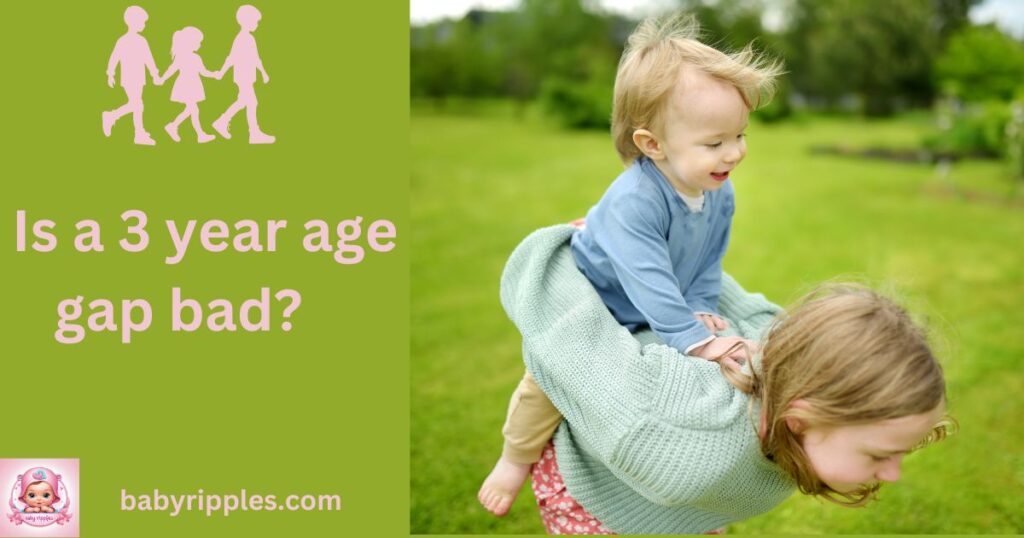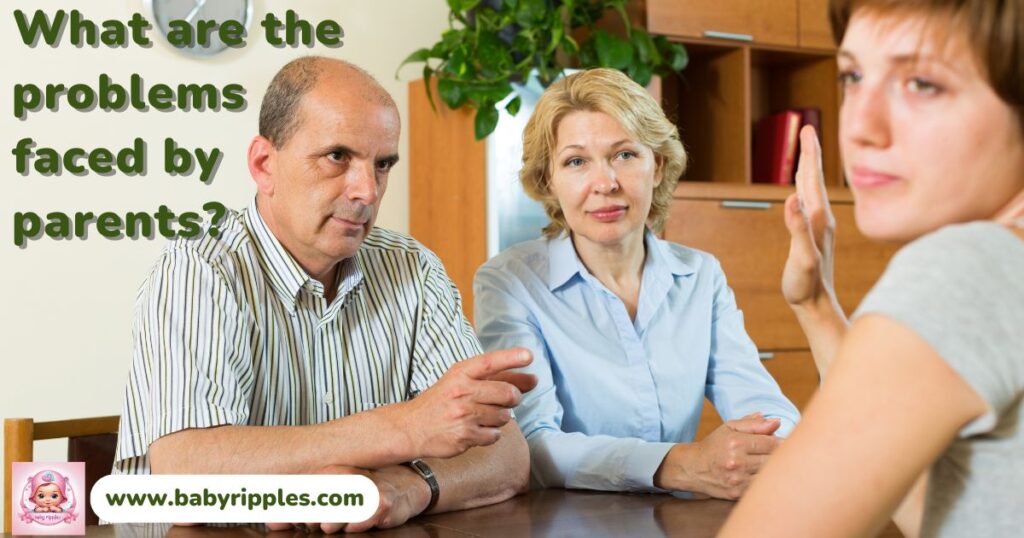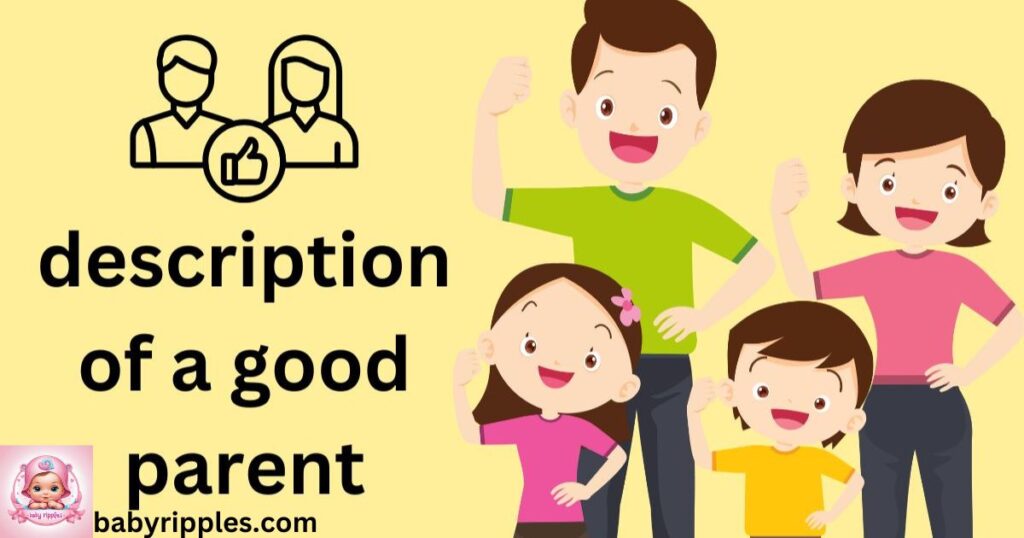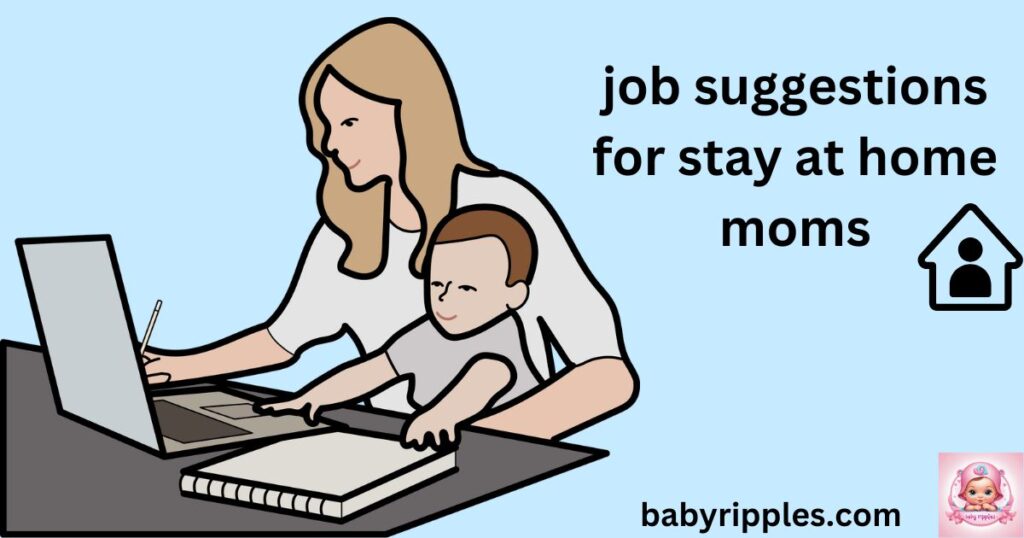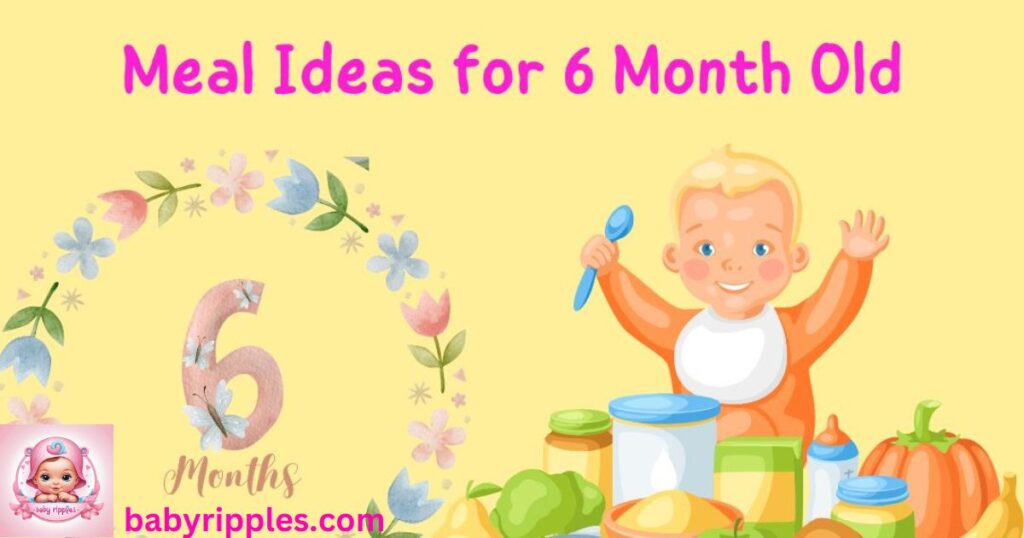Many parents frequently ponder the ideal age gap between children when it comes to relationships, particularly those between siblings. One of the most asked questions is, ” is a 3 year age gap bad?” Many facets of a child’s relationship, growth, and future bonding can be impacted by the age difference between them. Knowing the benefits and drawbacks of various age gaps as a parent will assist you in making decisions that are advantageous to your kids and your entire family.
We shall examine the benefits and drawbacks of a 3-year age difference between siblings in detail in this post. We will also explore the dynamics of sibling relationships, how the age gap affects emotional and cognitive development, and provide insights into other common age gap questions, such as is a 4 year age gap bad?
- The Pros of a 3 Year Age Gap
- Potential Challenges of a 3 Year Age Gap
- Exploring Other Age Gaps: Is a 4-Year Age Gap Bad?
- Understanding the Best Age Gap Between Kids
- Factors to Consider for the Best Age Gap Between Siblings
- The Best Age Gap Between Kids: Making the Right Choice
- Frequently Asked Questions about is a 3 year age gap bad
The Pros of a 3 Year Age Gap
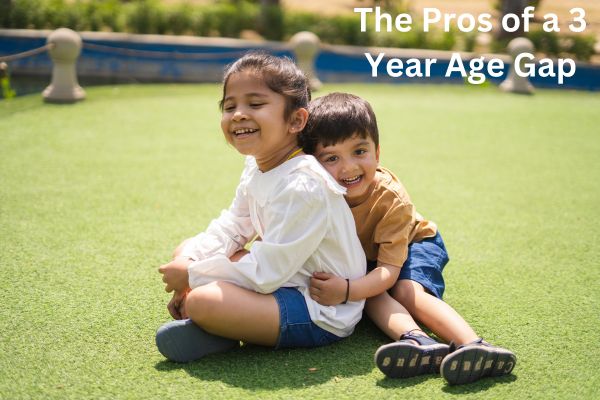
1. Closer Sibling Bond
The ideal age difference between siblings ultimately relies on the particulars of your household. There are benefits and drawbacks to each option, whether you choose a 3-year, 4-year, or wider age difference. Making the best choice for your family can be aided by having a thorough understanding of your children’s developmental needs and the complexities of sibling relationships. When thinking about a 3-year age difference, keep in mind that it’s not necessarily “good” or “bad”; rather, it’s about recognizing how this age difference impacts your parenting experience and your children’s connection. Is a 3 year age gap bad? Strong sibling ties, shared experiences, and enduring memories can result from a 3-year age difference when handled positively and sensibly.
2. Shared Interests and Playtime
With a 3-year age gap, children are typically close enough in age to enjoy similar activities, especially when the younger one reaches the toddler stage. They might enjoy playing together with toys, games, or even sharing an interest in television shows or movies. This shared interest can help foster deeper connections, as they can be partners in fun and learning.
3. Independence and Development
While the younger sibling may still need a lot of attention, the older sibling is more likely to be independent enough to help care for or play with the younger one. This can foster a sense of responsibility and develop leadership skills in the older child, which can boost their confidence. Similarly, the younger child benefits from the example set by the older sibling, learning from their behaviors and mimicking them as they grow.
4. Manageable Parenting
The 3-year gap often makes parenting more manageable. The older child is generally potty trained and may be more self-sufficient, allowing parents to focus on the needs of the younger child. You’re not juggling two infants or toddlers at the same time, making it easier to balance attention and time between both kids. This age gap can allow parents to maintain a routine that suits both children’s developmental needs.
5. Reduced Rivalry
While sibling rivalry is always a potential concern, a 3-year gap often reduces the intensity of competition between siblings. The older sibling is typically more understanding of the younger one’s needs and might be more patient, while the younger sibling may look up to the older one. This dynamic can encourage cooperation and lessen jealousy compared to a smaller age gap, where the rivalry might be more pronounced due to both children vying for the same developmental milestones and attention.
Potential Challenges of a 3 Year Age Gap
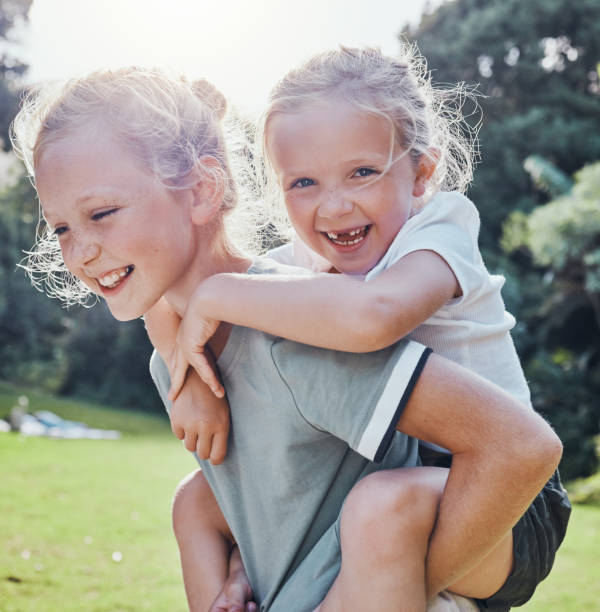
1. Different Developmental Stages
One of the challenges of a 3-year age gap is that the siblings might be in very different developmental stages. The older child may be in preschool or school, and their cognitive and social skills may be vastly different from those of a younger sibling who is still at home. This age gap means that the siblings might not always be able to engage in the same types of play or conversations. However, with some effort from the parents, the differences in developmental stages can often be overcome.
2. Time and Attention
Though manageable, a 3-year age gap still requires careful attention to the needs of both children. The older child may require more mental stimulation, while the younger child will need more physical care and nurturing. Parents must balance these varying needs, which could be draining at times. Furthermore, the older child may sometimes feel like the younger sibling is getting more attention, leading to potential jealousy.
3. Challenges with Scheduling Activities
Since the older sibling is usually in school or attending daycare, it can sometimes be challenging to coordinate activities for both children, especially if the younger one is not yet in school. Parents will need to adjust their schedules to ensure that both children are engaged and cared for, which can add some complexity to family logistics.
Exploring Other Age Gaps: Is a 4-Year Age Gap Bad?
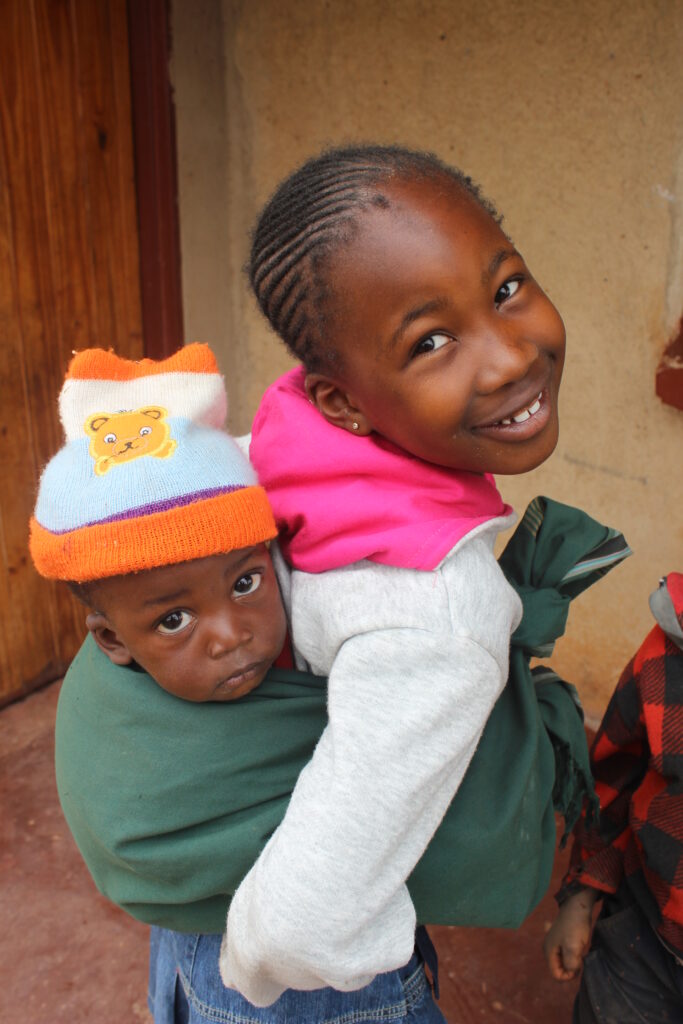
The question of whether a 4-year age gap is bad often arises when families are thinking about adding another child. A 4-year age gap is considered a little more pronounced than a 3-year age gap. With this age difference, the older sibling is often more independent, and the younger sibling is still in the toddler phase.
However, like a 3-year gap, a 4-year gap can also bring both benefits and challenges. The older child is likely to be more self-sufficient, which can allow parents to give more focused attention to the younger child. On the other hand, it may also make it harder for the siblings to form a bond as quickly, since they might have very different interests. But overall, a 4-year age gap is often considered manageable and can create less sibling rivalry.
Understanding the Best Age Gap Between Kids
When parents ask about the best age gap between siblings, it’s important to recognize that there’s no one-size-fits-all answer. Factors such as the parents’ preferences, financial considerations, and the needs of the children can all play a role. Some parents prefer to have children close together in age to create a “team” feeling, while others may want a larger gap to focus on one child at a time.
In general, research has shown that smaller age gaps (e.g., 2-3 years) tend to result in children being closer in terms of play and interaction. Larger gaps (5 or more years) might lead to less intense competition and could allow parents to focus more on each child individually.
Factors to Consider for the Best Age Gap Between Siblings
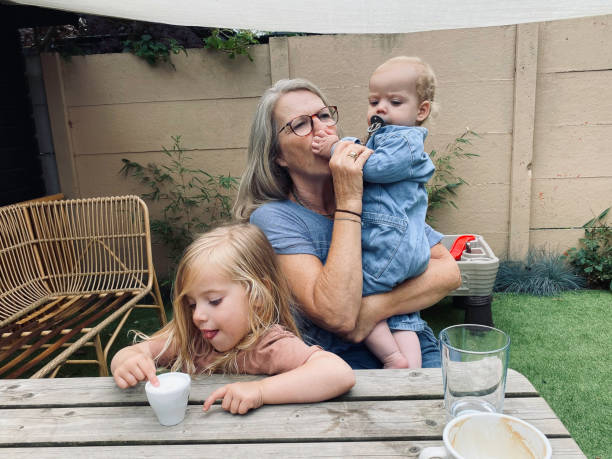
Here are a few things to consider when deciding on the best age gap between kids:
Emotional readiness:
Are you ready for another child? Emotional maturity plays a big role in how well you can manage the needs of multiple children.
Work and financial situation:
A larger age gap might provide more time to save and prepare financially.
Parenting style:
Some parents enjoy having children close in age, while others prefer a more spaced-out approach.
Children’s personalities:
Some children thrive with close-in-age siblings, while others might feel more comfortable as the older, more independent sibling.
The Best Age Gap Between Kids: Making the Right Choice
The ideal age difference between siblings ultimately relies on the particulars of your household. There are benefits and drawbacks to each option, whether you choose a 3 year, 4 year, or wider age difference. Making the best choice for your family can be aided by having a thorough understanding of your children’s developmental needs and the complexities of sibling relationships.
When thinking about a 3 year age difference, keep in mind that it’s not always “good” or “bad”; rather, it’s about recognising how this age difference impacts your parenting experience and your children’s connection. Strong sibling ties, shared experiences, and enduring memories can result from a 3-year age difference when handled positively and sensibly.
Frequently Asked Questions about is a 3 year age gap bad
1. Is a 3-year age gap between kids too small?
Not at all! A 3-year age gap is actually quite common and offers a great balance between shared experiences and developmental stages. It’s neither too small nor too large and can provide both children with opportunities to bond and grow together.
2. What is the best age gap between siblings?
There is no definitive answer. It depends on family preferences, emotional readiness, and lifestyle factors. Smaller age gaps can encourage close bonding, while larger gaps might allow more individualized attention for each child.
3. Does a 3-year age gap cause sibling rivalry?
A 3-year age gap is less likely to cause intense rivalry compared to smaller age gaps. The older sibling is usually more independent and patient with the younger one, which can reduce competition and promote cooperation.
4. Is a 4-year age gap better than a 3-year gap?
A 4-year gap is slightly larger and may result in less immediate rivalry between siblings. However, both age gaps have their own advantages, and the best choice depends on your family’s specific needs and preferences.
5. How does a 3-year age gap affect children’s development?
A 3-year age gap allows children to develop at their own pace while still engaging in similar activities. The older sibling often helps the younger one develop cognitive and social skills, and vice versa. The gap allows room for both siblings to have their own space while maintaining a close relationship.

